Venomous Mammals Living In The World Today
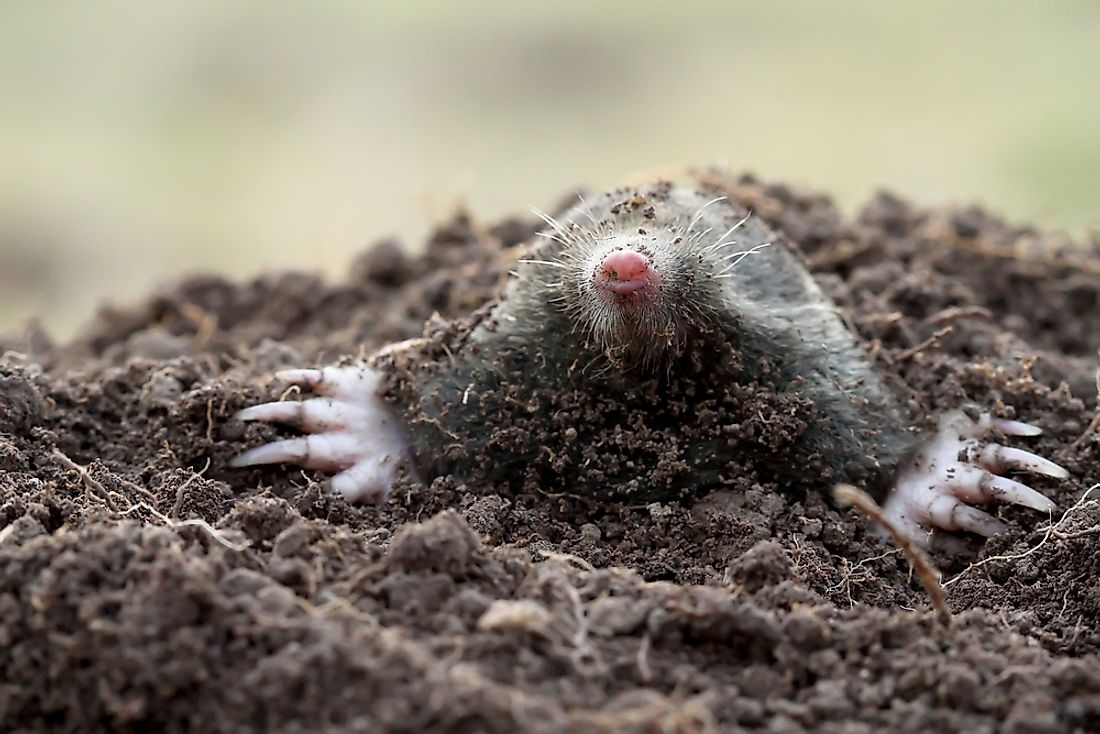
Venomous mammals are rare and are present only in three mammalian orders: Monotremata, Chiroptera, and Eulipotyphla. A few primate species are also proposed to be venomous in nature. The venoms produced by mammals are a heterogeneous group with different compositions and distinct modes of action. Evolutionary biologists claim that venom could be an ancestral feature of mammals. However, the presence of modern physical weapons like claws and teeth are sufficient for the mammals to defend themselves or eat their food. Hence, the necessity to produce venoms do not exist in most of the mammals living today with a few exceptions as mentioned below.
7. African-crested rat (maned rat)
The African crested rat (Lophiomys imhausi) is venomous in a unique way. The rodent has a long mane extending from the top of its head that reaches just beyond its tail. This mane is bordered by a white, broad hair strip that covers an area of glandular skin beneath it. The hairs in the flank area are highly specialized as they are absorbent, fibrous, and spongy in nature. The rats chew the bark and roots of the Poison-arrow tree (that stores the lethal poison ouabain used by hunters to coat poison arrows). After chewing the tree parts, the rats slather the resulting mixture onto the specialized hairs in its flank area that rapidly absorbs the poison like the wick of a lamp. Predators might be harmed when coming in contact with this potent poison.
6. Hedgehogs
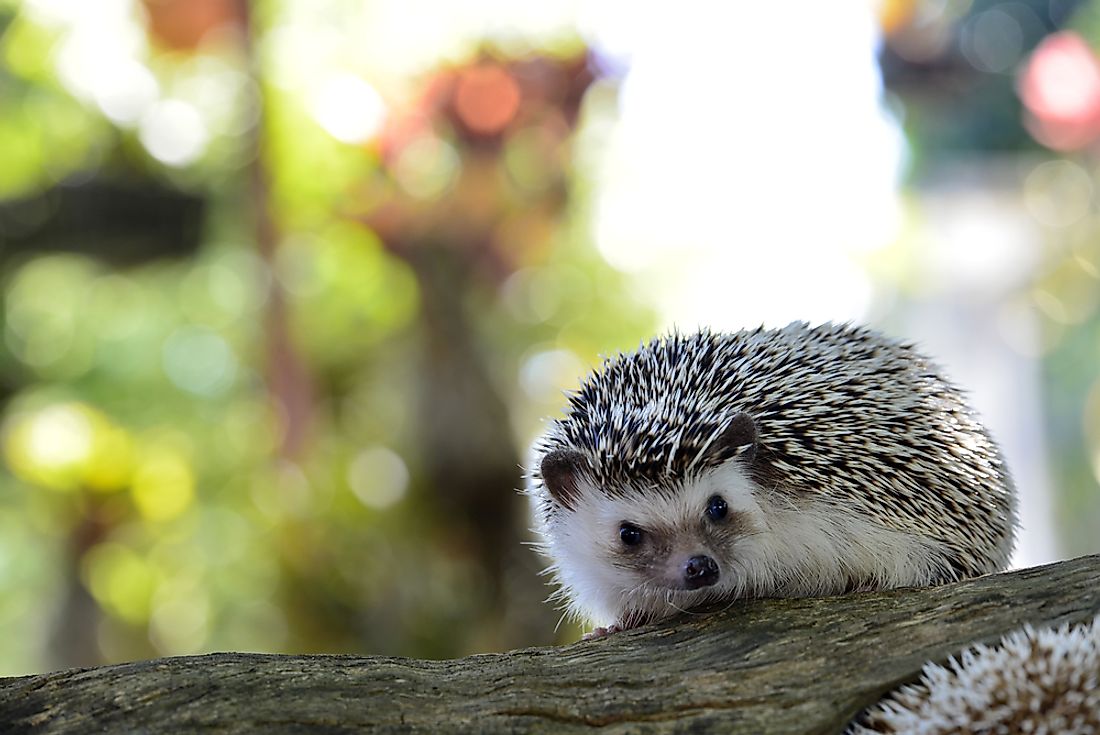
Hedgehogs perform a unique practice of anointing their spines with a wide variety of toxic and irritating chemicals. For example, they occasionally kill poisonous toads of the Bufo genera and bite into the poison glands of the toad, and then smear the poison on their own spine to deter predators from them. Similar anointing behavior is also exhibited by tenrecs.
5. Moles
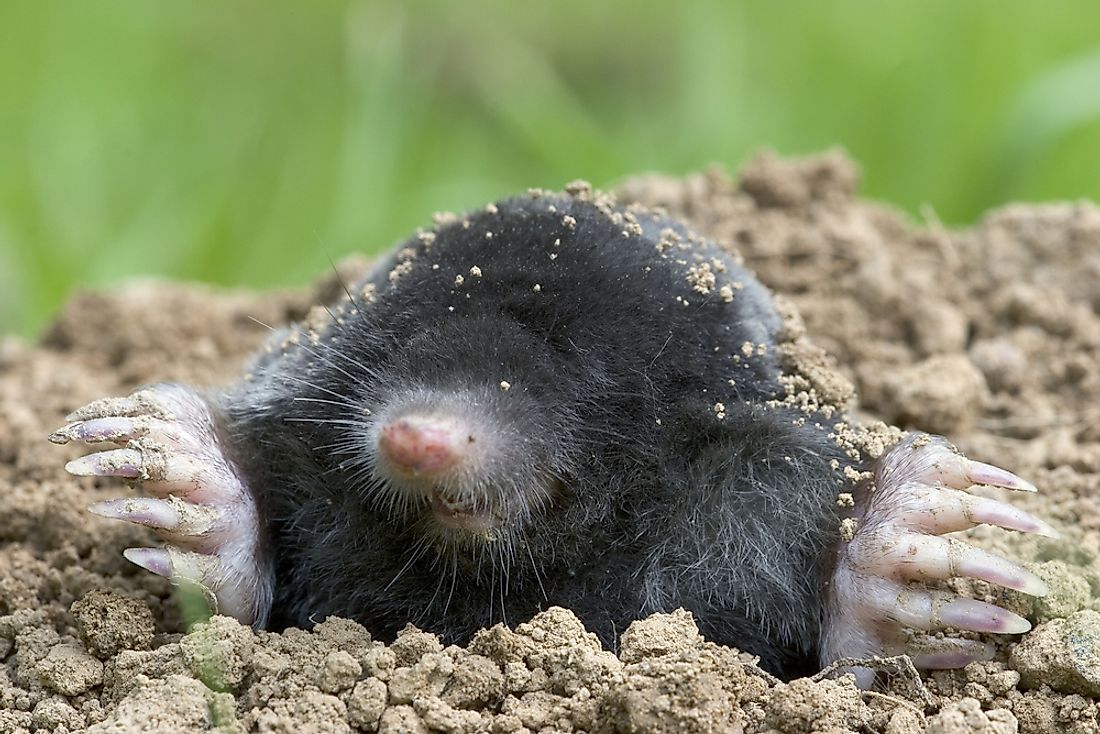
Certain species of moles such as the European mole (Talpa europaea) have a toxic saliva that can serve to paralyze their prey like earthworms, which allows the animal to store the prey alive for future consumption.
4. Shrews
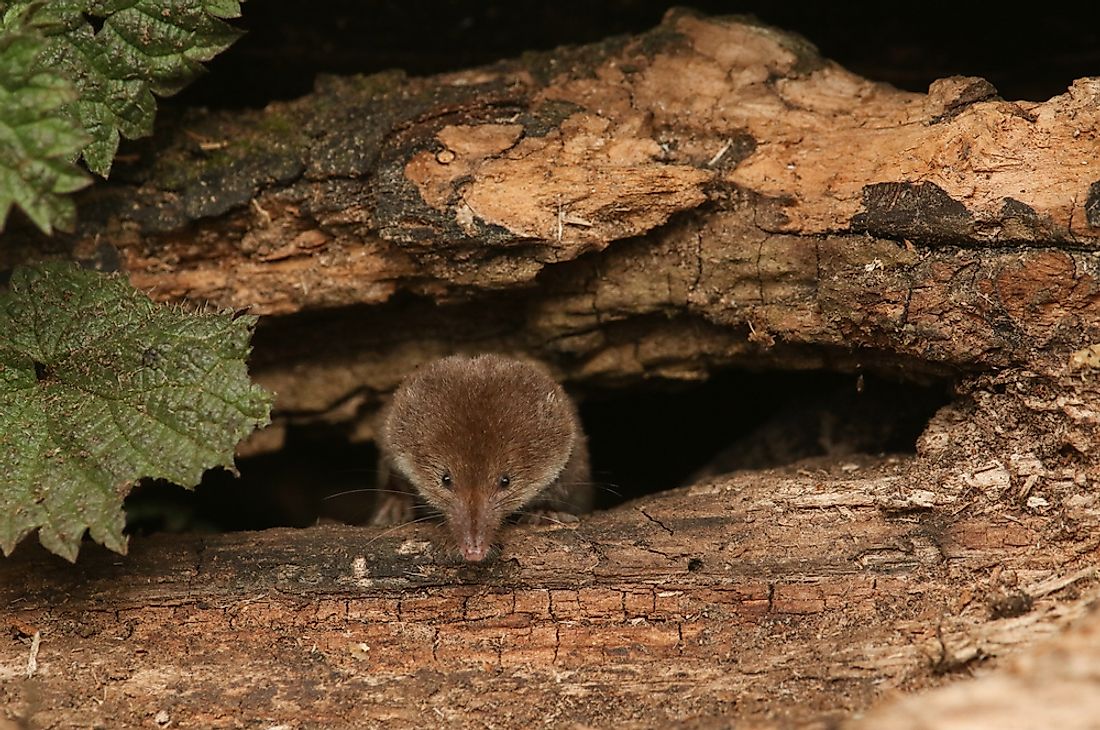
Certain species of shrews like the Mediterranean water shrew (Neomys anomalus), Eurasian water shrew (Neomys fodiens), and the northern short-tailed shrew (Blarina brevicauda), and a few other species of shrews are capable of delivering venomous bites to their victims. The saliva of these shrews contain venoms like proteases which can paralyze and subdue prey. Small animals can be killed by these toxins but humans are not lethally affected by shrew venom. However, venomous shrews can deliver painful bites to humans.
3. Solenodons
The Hispaniolan solenodon (Solenodon paradoxus) and the Cuban solenodon (Solenodon cubanus).appear similar to large shrews and have venomous bites. The venom produced in their salivary glands is delivered via grooves in their second lower incisors. When Hispaniolan solenodons are housed together, death often results due to envenomation of one solenodon by the other.
2. Male Duck-billed Platypus
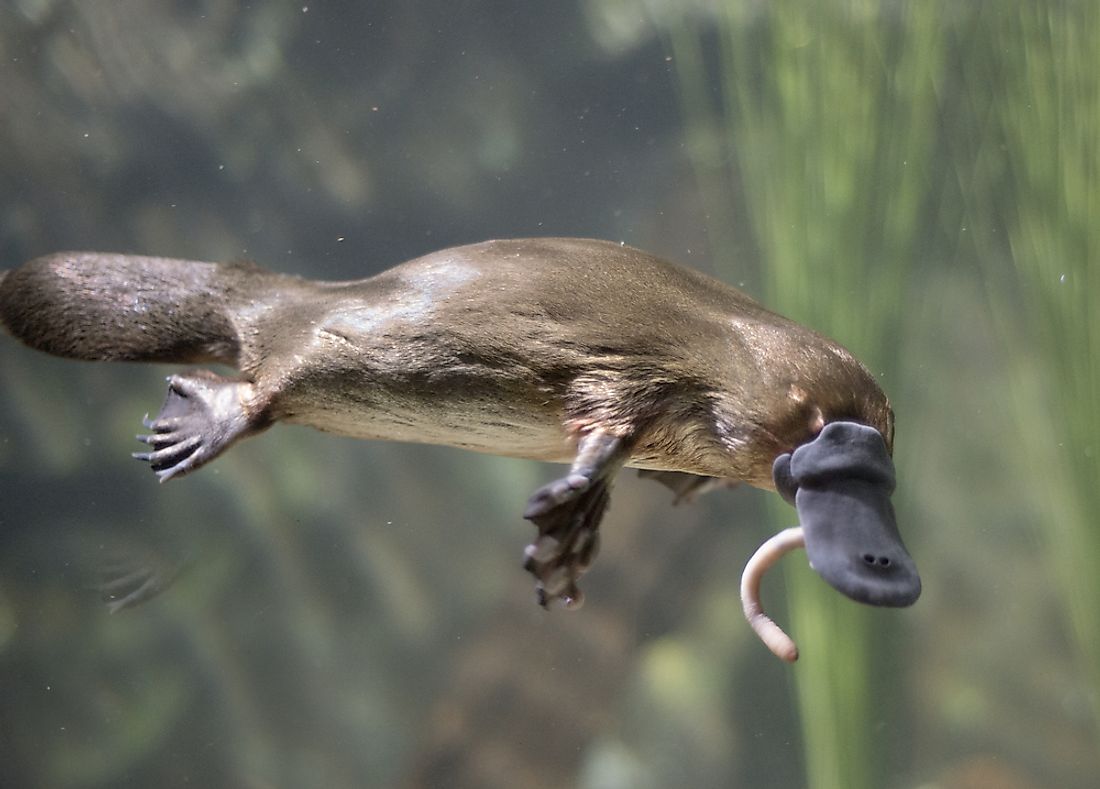
The duck-billed platypus (Ornithorhyncus anatinus) is a species of monotreme mammals which lays eggs instead of giving birth to a live young one, unlike most other mammals. Both the males and females of this species hatch with keratinized spurs on their hind limbs. However, females lose the spurs during development while males retain them. In males, the spurs are connected to crural glands which are the venom-producing glands of these mammals. The platypus venom might not be fatal for humans but nevertheless, it causes excruciating pain in the victims unlucky enough to be envenomated. The envenomation was quite common when the animals were hunted for fur but is less common now as the animals are protected against human contact with the exception of biologists and zookeepers. It is claimed that the venom system is used by males to fight other males during mating.
1. Vampire Bats
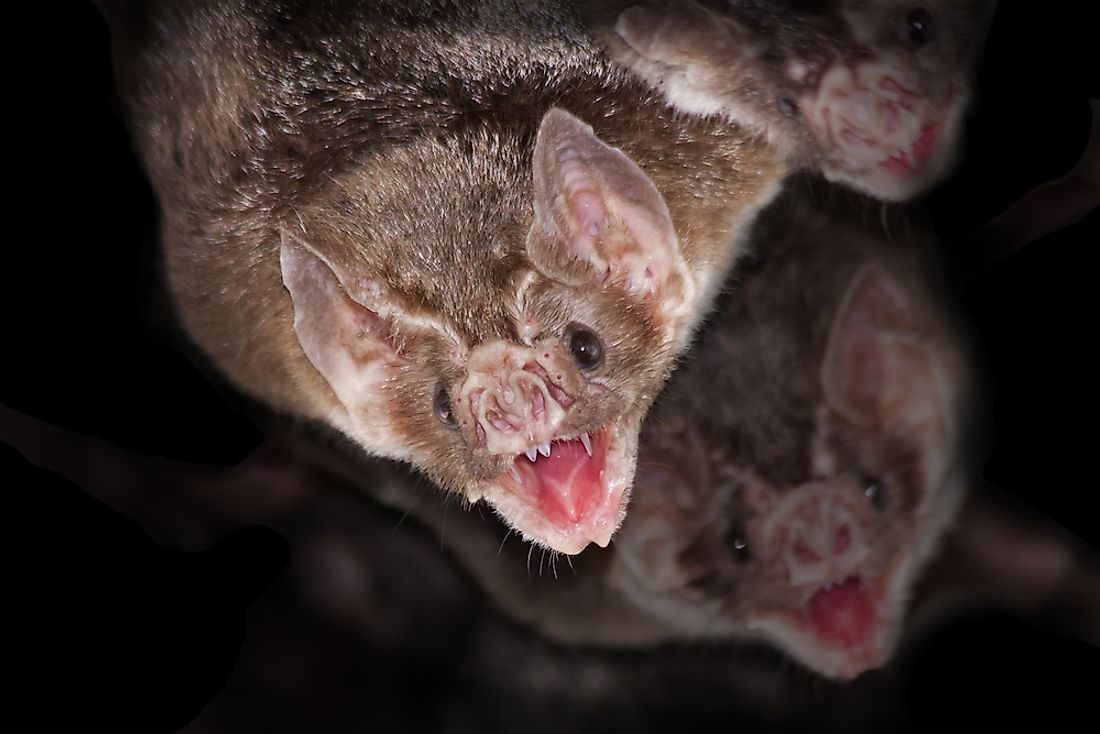
Venomous mammals of the Chiroptera order and Desmodontinae subfamily comprises the venomous bats, one of the rare types of venomous mammals. The group includes the common vampire bat (Desmodus rotundus), the white-winged vampire bat (Diaemus youngi), and the hairy-legged vampire bat (Diphylla ecaudata). The bats are considered venomous as they produce toxic saliva that have anticoagulant properties. Since a majority of the prey of these bats are not much affected by the venom and only suffer from slight discomfort, it is often claimed that they are not truly venomous creatures.











